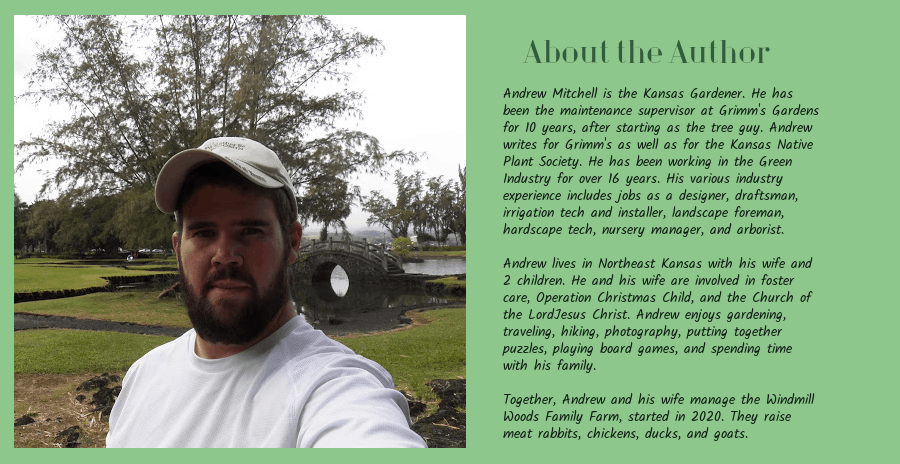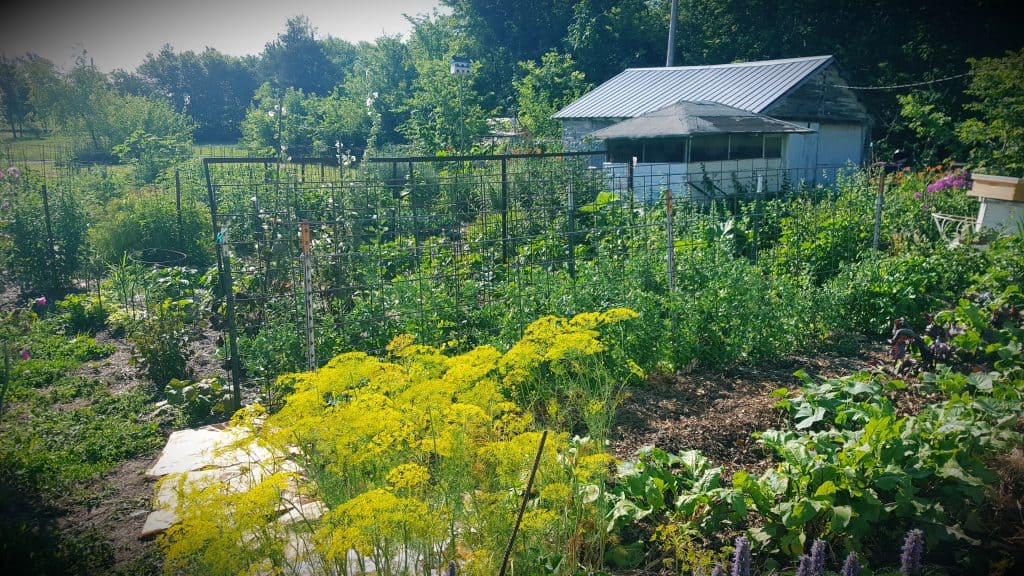Fall is the perfect time to begin garden preparation for spring planting. The weather is warmer, the soil drier (typically), and you can evaluate how this year’s garden has produced. Next spring however, soils are typically wet or cold, making preparation difficult.
There are 3 methods of vegetable gardening that needs to be looked at, for their various preparations. These are cultivated, raised bed, and permanent beds/rows. Of the 3, raised beds and permanent beds are the least detrimental to soil and soil organisms, but may be more labor intensive.
Preparation for Cultivated Gardens
What do I mean by cultivated gardens? Simply put, cultivated gardens are ones which are regularly tilled or plowed. The act of tillage is detrimental to soil organisms, and usually brings forth new crops of weed seeds, which are hidden a few inches below the soil surface. What do I mean by detrimental to soil organisms?
Soil Organisms
The soil is not meant to be a dead zone. In the best of circumstances, soils should be teeming with life. What kind of creatures live in the soil? Most people automatically think of earthworms and grubs. But these are large compared to most soil organisms. Garden preparation, tillage in cultivated gardens, destroys the webbing of soil life and kills things living down there.

The following is a small list of the various organisms living in the soil-food-web.
- Earthworms
- Nematodes
- Bacteria
- Fungi
- Protozoa
- Beetles and Beetle larva
- Mammals (moles, voles, groundhogs)
The above organisms work together to take organic matter (leaves, woodchips, mulch, hay, etc.) and turn it into humus and soil. This is a living soil when interspersed with fungi, bacteria, and nematodes which help plants take up moisture, nutrients, and oxygen more efficiently.
Cultivating the Garden
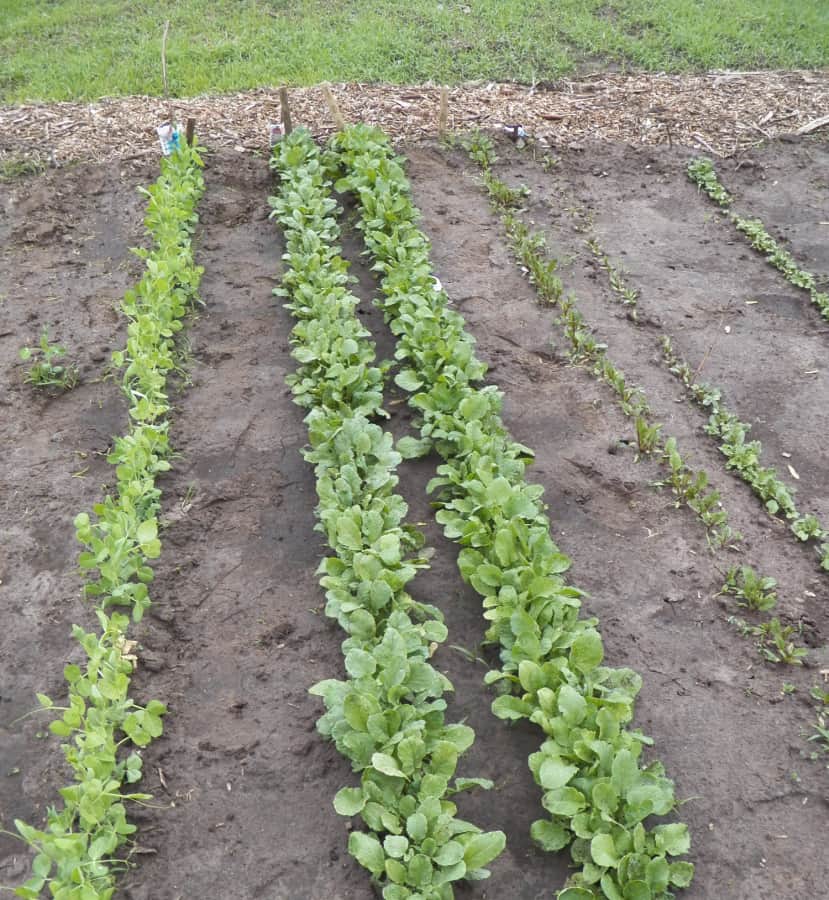
The use of tillers has long been a sore point for many gardeners. It is easy to find a tiller and begin making rows of turned up earth. This act is actually very pleasing too, just like mowing a weedy lawn. There is something soothing about taking nature and subduing it under our feet. However, tillage in the garden creates all kinds of future problems.
Research has shown that just below the tilled area of the ground is a layer of compacted soil called a hardpan. This compacted soil layer prevents root growth below, limiting the water holding capacity of the above soil and preventing proper nutrient take up. While the hardpan can be overturned by plowing, many smaller home gardens cannot get a tractor and plow into the space.
If you feel that you must till, either because you feel daunted by other methods, or “if it was good enough for my father, then its good enough for me”, then till in the fall, not the spring. Tilling wet or cold soils in early spring can actually make the soil compaction worse, not better.
Garden Preparation for Raised Beds
While it is true that raised beds and permanent rows are not significantly different, their fall preparations are different enough to separate them out. Raised beds are defined as beds that are held up by a solid surface, raised in height from 4 inches as much as 3 feet above the soil surface. Popular materials for holding back raised beds include wood, stone, brick, composite wood or plastic, and metal.
Raised beds are often comprised of either a mixture of soil and compost, or soil-less mix and compost. Becuase the beds are raised around the surround soil level, new soil or soil-less mix is brought in and put into the beds. These beds tend to have little or no connection to the ground beneath them, being separated by weed barrier, cardboard layers, or gravel.
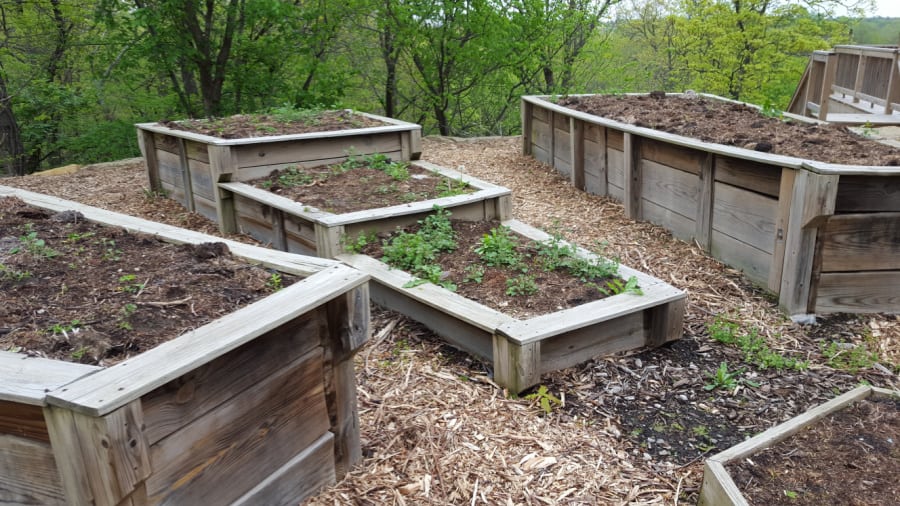
Fall Additions to Raised Beds
What garden preparations do raised beds require? For those of you who have raised beds, you may already know what needs to be added. But many new gardeners may be wondering what to do to prepare for next season.
If you have plants still in the bed, you can start removing them as soon as the tops die. Plants like tomatoes, potatoes, and squash should be piled and burned, if possible, to lessen the amount of overwintering diseases and pests. I do not recommend composting any diseased plants, unless you can get the center of the pile really hot.
Compost, chopped leaves or leaf mold, can be added anytime after the removal of this season’s crops. You could also plant a fall cover crop, such as crimson clover, hairy vetch, or annual ryegrass. Fall cover crops should die before producing seeds and can be planted into next spring. I recommend using both fall cover crops and laying a mulch layer on the beds.
Mulching raised beds reduces weeds, keeps the soil more evenly warm through the winter months, and retains moisture. Plus, it acts as a barrier against wind and blowing soil.
Now is also the time to do a soil test, to determine what extra fertilizers may need to be added to the garden. If you are using a raised bed or permanent bed system, no soil test is necessary.
Garden Preparation for Permanent Beds
What are permanent beds and why are they becoming more popular? I do not recall when I first learned about the idea of permanent beds. But I know that it was more than 15 years ago. I have long been a fan of raised garden beds, between 6 and 12 inches in height, but without the solid surrounding surface. I accidentally created my first raised be 30 years ago in my Dad’s garden, growing peppers, peas, radishes, lettuce, kohlrabi, and beans in a 4 foot by 4 foot raised bed.
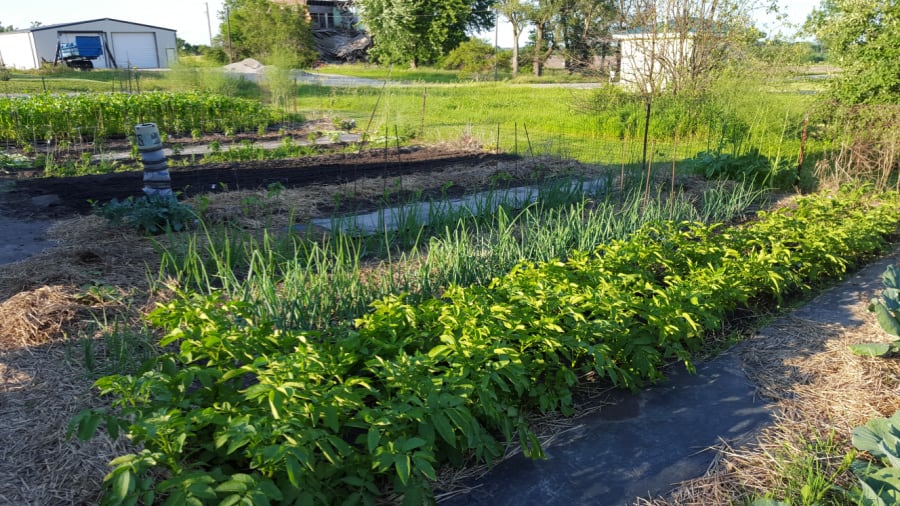
A permanent bed is one that is never tilled under, and never needs a solid wall around it. Both it and the pathway between are mulched, always. It can be as large as a Hugelkulture bed, or just a few inches taller than the ground around it.
Before we moved to our current location, I had been working on permanent raised rows in my backyard garden. Now, my wife and I are getting ready to expand our current garden space to include both raised beds and permanent beds and rows. After reading about the importance of mulch in a more in-depth way, I decided that you do not need cultivation even for corn, which takes up large spaces in the garden.
Fall Additions to Permanent Beds
The permanent bed is built first by putting a layer be\tween the ground and the new soil/compost addition. This layer can be wetted and decomposing cardboard, brown paper, or newspaper. The next layer is soil and compost, and the final layer is mulch laid 4 to 8 inches thick.
It has been proven time and again that we can grown food better in a permanent garden bed system than in a conventional tilled garden. For the fall, add a new layer of mulch, 2 to 4 inches thick on the existing bed. In my own garden spaces, we use a hardwood mulch layer for the path ways, and a mix of chopped leaves and composting wood shavings for the beds. See the below drawing for clarity.
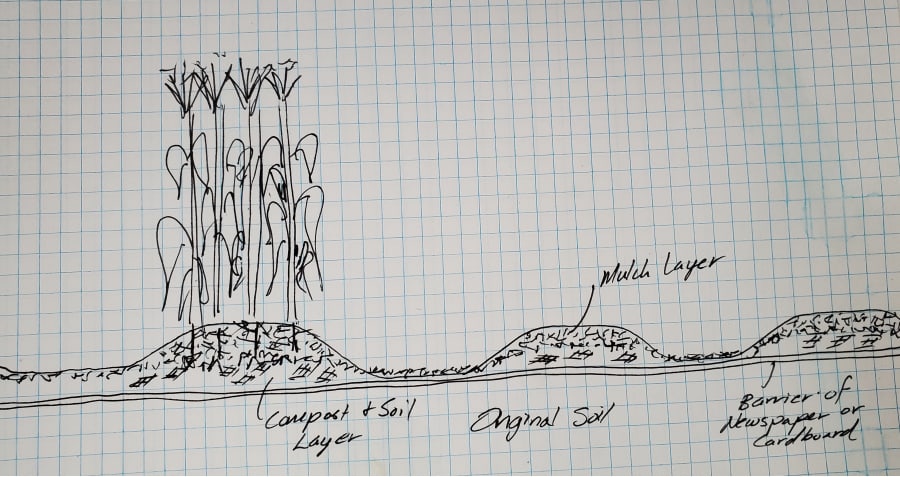
And that is it. No need to add fertilizers, chemicals, or soil. As the mulch layer breaks down, it releases nutrients into the soil food web, allowing the organisms to do the work.
Final Garden Preparations
Cleaning up the garden after the final harvest is what most gardeners do. But it is better for you and the garden if you cleanup as things die. If left too long, you may get caught by early winter storms before being able to get it all done. If you can, pile and burn tomato, pepper, eggplant, potato, squash, and pumpkin plants/vines. All other plants, unless diseased, you can remove to the compost pile. If you cannot burn the above plants, bag them in a paper trash bag and send them to the landfill.
Remember to clean and put away tools for the winter. Drain hoses, oil and sharpen pruners, and shut the water off to your outdoor valve. Mulch around tender plants such as rosemary and fig trees.
Conclusion
Fall is the best time not only to add to the garden, but to make preparations for next season. What method of gardening will you try next? Many new gardeners are finding that tilled gardens are not as good for the garden as previously thought.
Happy planting!
